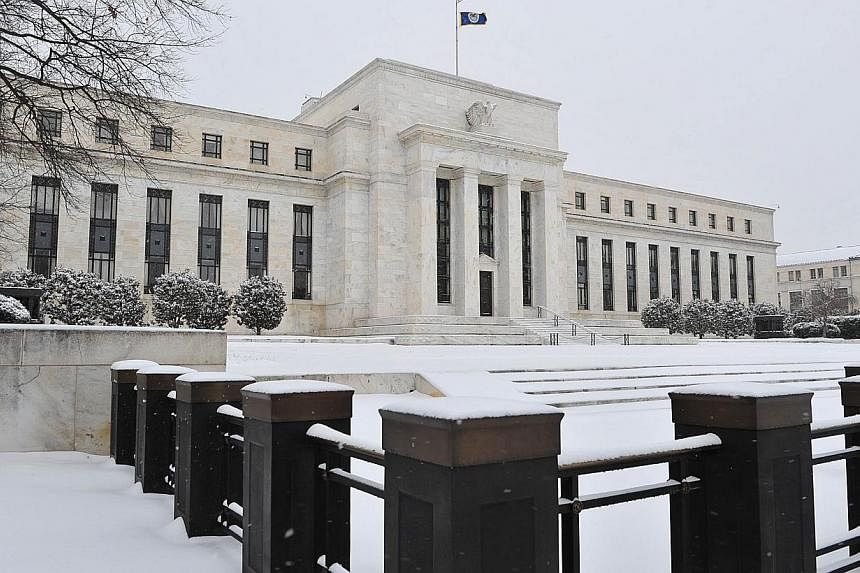SAN FRANCISCO (REUTERS) - After years of pulling out the stops to boost a stubbornly sluggish US economy, the Federal Reserve is moving back to "normal" monetary policy, a top Fed official said on Thursday.
But the Fed's super-easy monetary policy over the past five years has left the financial markets vulnerable, making the road to normalcy a tricky one to navigate, San Francisco Fed President John Williams said in remarks prepared for delivery to the Association of Trade and Forfaiting in the Americas.
"Financial market participants who are awash in liquidity may be ignoring or taking on outsize potential risks," he said. Though narrow interest spreads for risky assets like junk bonds and leveraged loans do not pose a significant threat in the near term, he said, they must be monitored closely.
A second challenge will be operational, he said: keeping control of short-term rates with bank reserves at many times normal levels. A variety of new tools, including a so-called reserve repo facility, should allow the Fed to manage the excess liquidity, he said.
The Fed is gradually paring its massive bond-buying program and Williams repeated Thursday the widely held view that it is likely to end it late this year. "Barring any major shocks, monetary policy is finally on the road to normal," he said.
Still, "A real tightening of policy, which would mean raising the fed funds rate, is still a good way off," he said. The fed funds rate at which banks lend to each other overnight has been held near zero since December 2008.
Williams said earlier this week it would not be appropriate in his view to raise rates until the second half of 2015.
US GDP should grow at a 3 per cent pace this year and next, Williams forecast, high enough above the economy's 2-per cent long-term trend to bring the unemployment rate to its "natural"level of 5.25 per cent to 5.5 per cent by sometime in 2016.
Unemployment registered 6.3 per cent in April.
Wages, which have been flat, should begin to rise as the jobless rate falls, helping to boost abnormally low inflation that has been running at well below the Fed's 2-per cent target, he said.
Overall, Williams painted a bright picture of a US recovery gaining steam, although he flagged the slowdown in housing as one area of concern. "I expected housing to be a much stronger tailwind by now,"he said. Still, he said, he is cautiously optimistic about a turnaround in housing over the next few years.

